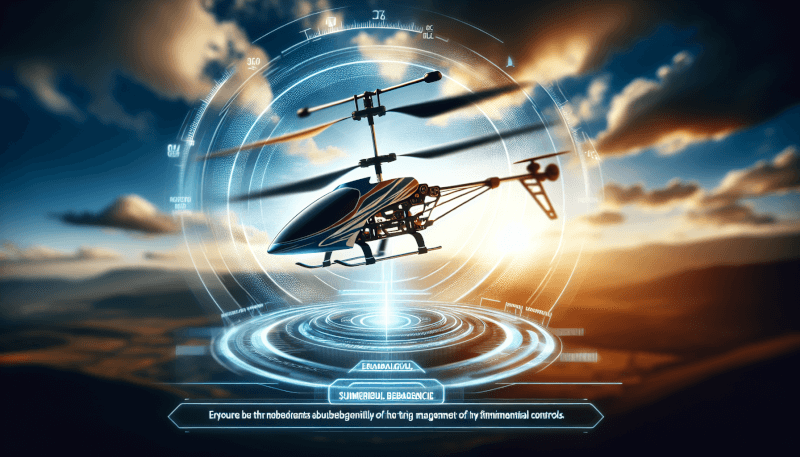So, you’ve just gotten your hands on a brand new RC helicopter or quadcopter, and you’re itching to take to the skies. But before you can start performing all those fancy maneuvers, you’ll need to master the basic controls. In this article, we’ll walk you through the essential controls that will have you soaring through the air with ease. Whether you’re a first-time flyer or a seasoned pilot looking for a refresher, this guide is here to help you navigate the exciting world of remote-controlled flight. So grab your remote, buckle up, and let’s get ready to take off!
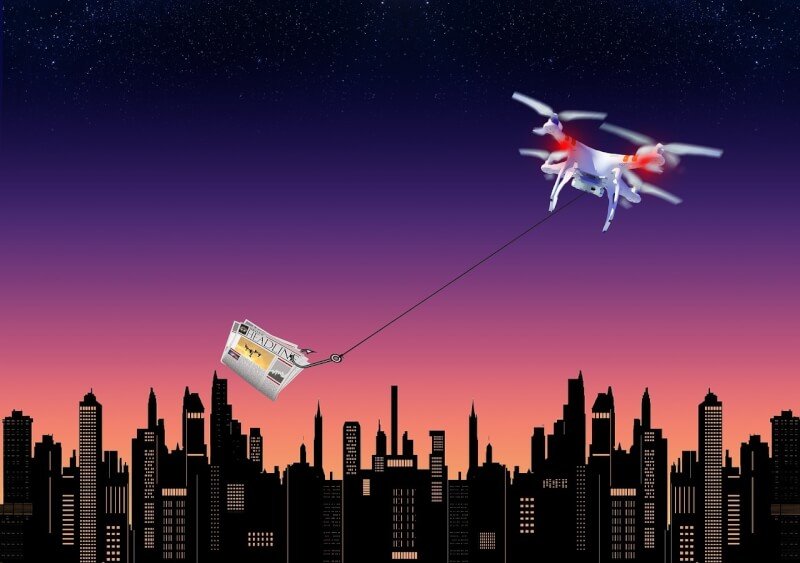
1. Understanding the Transmitter
The transmitter is the handheld device that you use to control your RC helicopter or quadcopter. It sends signals to the aircraft, allowing you to maneuver it in different directions and perform various maneuvers. Understanding how the transmitter works is essential for flying your RC aircraft safely and effectively.
1.1 Frequency and Channel
The frequency and channel settings on your transmitter determine the communication link between the transmitter and the aircraft. It is important to ensure that you are using the correct frequency and channel settings to prevent interference from other aircraft or electronic devices in the vicinity. Consult your RC aircraft’s manual to determine the appropriate frequency and channel settings for your specific model.
1.2 Stick Controls
The stick controls on the transmitter are used to control the movement of your RC aircraft. The primary sticks are the left stick (usually the throttle) and the right stick (usually the pitch, roll, and yaw controls). Familiarize yourself with the functionality of each stick and practice using them to gain better control over your aircraft.
1.3 Trim Buttons
Trim buttons on the transmitter are used to fine-tune the control movements of your RC aircraft. These buttons allow you to make small adjustments to the neutral positions of the controls, ensuring that your aircraft flies straight and level. It is important to adjust the trim buttons before each flight to achieve optimal flight performance.
2. Common RC Flight Controls
To fly an RC helicopter or quadcopter, you need to understand the basic flight controls that are commonly used. These controls enable you to manipulate the aircraft’s speed, altitude, and direction of flight. Mastering these controls is essential for safe and enjoyable flying experiences.
2.1 Throttle
The throttle control determines the speed or power of your RC aircraft’s motors. By increasing or decreasing the throttle, you can make the aircraft ascend or descend. It is important to practice throttle control to achieve smooth takeoffs and landings and maintain a stable altitude during flight.
2.2 Pitch
The pitch control is responsible for altering the angle of the aircraft’s rotor blades. By adjusting the pitch, you can control the forward and backward movement of your RC aircraft. Experimenting with the pitch control will allow you to achieve controlled forward flight and smooth deceleration.
2.3 Roll
The roll control enables you to tilt your RC aircraft from side to side. By manipulating the roll control, you can make your aircraft perform banking turns or fly in a straight line. Mastering roll control is crucial for executing precise maneuvers and maintaining proper flight orientation.
2.4 Yaw
The yaw control allows you to rotate your RC aircraft around its vertical axis. By using the yaw control, you can change the direction your aircraft is facing. This control is particularly useful when making coordinated turns or adjusting the aircraft’s heading during flight.
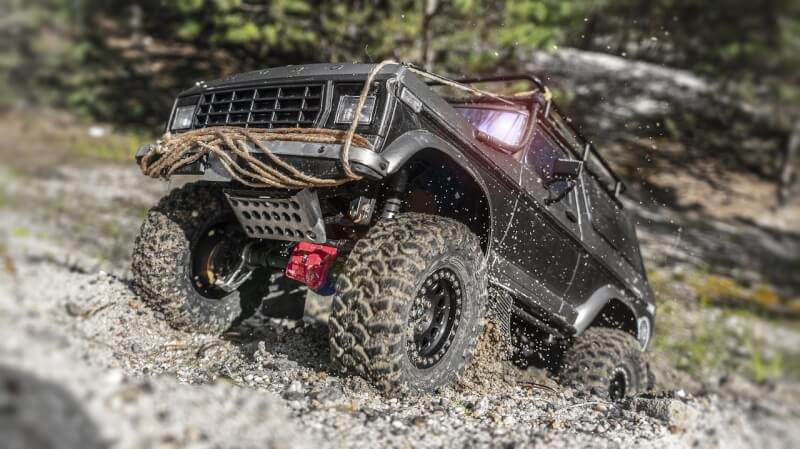
3. Orientation and Flight Modes
Understanding the proper orientation of your RC aircraft and selecting the appropriate flight mode is essential for safe and controlled flying. By familiarizing yourself with these concepts, you can avoid disorientation and execute maneuvers more effectively.
3.1 Proper Orientation
Maintaining the correct orientation of your RC aircraft is crucial for maneuvering it in the desired direction. To do this, keep the aircraft’s nose pointing away from you during flight. This orientation helps prevent confusion and ensures that your control inputs correspond to the correct movement of the aircraft.
3.2 Mode Selection
Some RC aircraft offer different flight modes that cater to different skill levels or specific flight characteristics. Understanding the available flight modes and selecting the appropriate one can enhance your flying experience. Beginners might benefit from stability or assistive flight modes, while experienced pilots may prefer more agile or acrobatic modes.
4. Pre-flight Checks and Safety
Before taking your RC aircraft to the skies, it is crucial to perform pre-flight checks and prioritize safety. These steps ensure that your aircraft is in proper working condition and minimize the risk of accidents.
4.1 Battery and Power
Check the battery level of your RC aircraft and transmitter before each flight. Ensure that they are adequately charged to avoid unexpected power loss during flight. Additionally, inspect all power connections to ensure they are secure and free from damage.
4.2 Range Check
Performing a range check before every flight is essential to ensure that your RC aircraft maintains a strong and reliable connection with the transmitter. Follow the manufacturer’s instructions to perform a range check and confirm that your aircraft can accept commands from the transmitter across its intended flight range.
4.3 Weather Conditions
Take into account the weather conditions before flying your RC aircraft. Avoid strong winds, rain, or other adverse weather conditions that may affect the stability and control of your aircraft. Always prioritize safety and avoid flying in conditions that could pose a risk.
4.4 Safety Precautions
Adhere to all safety guidelines and regulations for operating RC aircraft in your area. Ensure that you are flying in designated areas and away from people, buildings, and vehicles. Respect the privacy and property of others, and always fly responsibly to minimize the risk of accidents or disturbances.
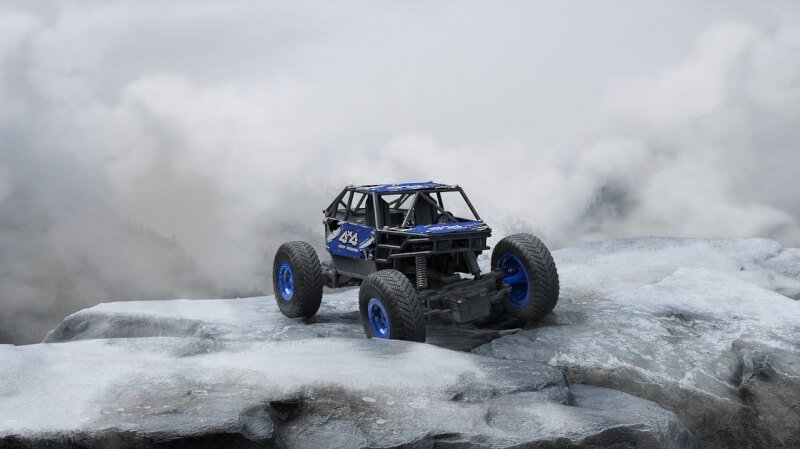
5. Takeoff and Landing Maneuvers
Mastering takeoff and landing maneuvers is essential for a successful and enjoyable flight. Proper technique and control during these maneuvers ensure that your aircraft operates smoothly and safely.
5.1 Lift-off
To initiate a lift-off, smoothly increase the throttle to gradually lift your RC aircraft off the ground. Maintain a steady ascent and adjust the throttle as necessary to achieve a stable climb.
5.2 Stable Hovering
Achieving stable hovering is a fundamental skill in RC flight. Practice adjusting the throttle and pitch controls to maintain a stationary position in the air. Maintain a steady hand and make corrective inputs as needed to counteract any drifting or unwanted movement.
5.3 Controlled Descents
Controlling the descent of your RC aircraft is crucial for landing safely and smoothly. Gradually decrease the throttle while making small adjustments to the pitch control to maintain a controlled descent rate. Aim for a gentle touchdown with minimal bouncing or skidding.
5.4 Landing
When landing your RC aircraft, reduce the throttle to bring it closer to the ground. Maintain a controlled descent and adjust the pitch to keep the aircraft level. As it approaches the ground, reduce the throttle further and level out to achieve a smooth landing. Practice these maneuvers to develop precise control and improve your landing skills.
6. Basic Flying Maneuvers
Once you have mastered the basic flight controls and takeoff/landing maneuvers, you can progress to learning more advanced flying techniques. The following basic maneuvers will expand your flying capabilities and allow you to explore the full potential of your RC aircraft.
6.1 Vertical Ascend and Descend
Practice climbing vertically by increasing the throttle and adjusting the pitch control to maintain a steady ascent. Similarly, practice descending vertically by gradually reducing the throttle and making adjustments to the pitch control. Develop smooth and controlled vertical movements to enhance your overall flying skills.
6.2 Forward and Backward Movements
Learn to fly your RC aircraft forward and backward by manipulating the pitch control. Pushing the right stick forward will tilt the aircraft forward and initiate forward movement. Pulling the stick backward does the opposite, causing the aircraft to tilt backward and move in the opposite direction. Mastering these movements will allow you to execute precise forward flights and backward maneuvers.
6.3 Left and Right Translations
Move your RC aircraft in a lateral direction by using the roll control. By tilting the aircraft left or right, you can make it slide horizontally along its axis. Practice controlled left and right translations to navigate obstacles or perform more complex maneuvering during flight.
6.4 Hovering Turns
Challenge yourself by performing hovering turns, which involve turning your RC aircraft in a stationary position. Use a combination of the yaw and roll controls to achieve a smooth and controlled rotation. This maneuver requires finesse and coordination to maintain the aircraft’s position while executing the turn.

7. Advanced Flying Techniques
Once you have mastered the basic maneuvers, you can explore more advanced flying techniques to enhance your aerial skills and push the boundaries of your RC aircraft’s capabilities.
7.1 Aerobatic Flips and Rolls
Performing flips and rolls adds excitement and flair to your flights. Depending on your aircraft’s capabilities, you can execute flips or rolls in various directions. Practice these maneuvers in a controlled environment and gradually increase the complexity and speed as you gain confidence and experience.
7.2 Figure-Eight Patterns
Mastering the figure-eight pattern allows you to fly your RC aircraft in a continuous loop, creating visually appealing flights. Start with larger loops and gradually decrease their size for tighter and more challenging figure-eight patterns. Refining this maneuver will enhance your control and spatial awareness as you navigate the aircraft through each loop.
7.3 Auto-leveling and Stabilization
Some RC aircraft models offer auto-leveling and stabilization features, which help maintain a level flight and reduce the effects of external factors. Mastering these features allows you to fly with more precision and confidence, particularly in challenging flight conditions.
7.4 Auto-return Home Features
Advanced RC aircraft may include auto-return home features, which allow you to automatically bring your aircraft back to its takeoff point with the push of a button. Familiarize yourself with this feature and practice using it in a controlled environment to ensure a safe return even in the event of an emergency or loss of orientation.
8. Troubleshooting and Maintenance
To ensure the longevity and optimal performance of your RC aircraft, it is crucial to troubleshoot and perform routine maintenance regularly. By addressing issues promptly and properly caring for your aircraft, you can prolong its lifespan and avoid unnecessary repairs.
8.1 Control Interference
If you experience control issues or erratic behavior during flight, interference from other electronic devices or external sources may be the cause. Move away from potential sources of interference, such as power lines or wireless signals, to restore a stable connection between your transmitter and aircraft.
8.2 Calibration Issues
Occasionally, you may need to calibrate certain components or sensors of your RC aircraft. Follow the manufacturer’s instructions to calibrate the gyroscopes, accelerometers, or other relevant systems as needed. Calibration helps maintain accurate control responses and ensures optimal flight performance.
8.3 Motor and Propeller Checks
Regularly inspect your RC aircraft’s motors and propellers for signs of damage or wear. Replace any components that are damaged or worn out. Lubricate the motor bearings if necessary. Proper maintenance of these critical components ensures reliable and efficient operation of your aircraft.
8.4 Routine Maintenance
Perform routine maintenance tasks as prescribed by the manufacturer. This may include cleaning the aircraft, checking wiring connections, and tightening screws or fasteners. Regular maintenance prevents problems before they arise and keeps your RC aircraft in top condition for smooth and safe flights.
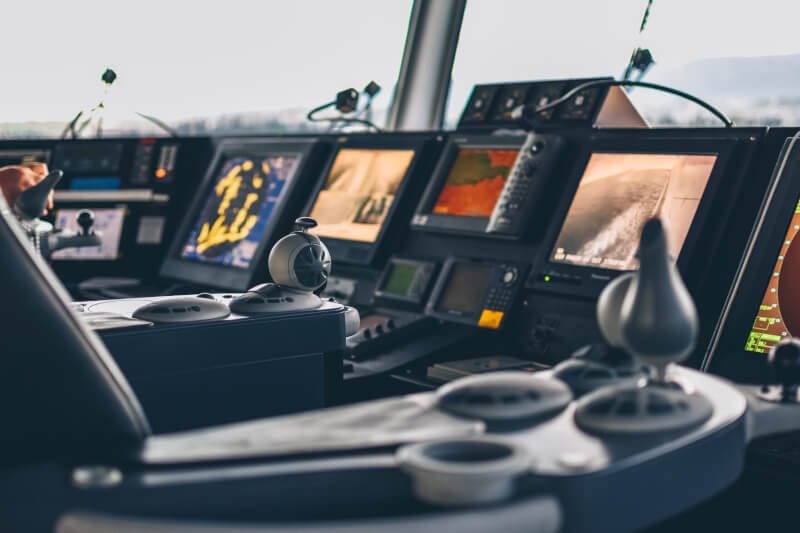
9. Additional Tips and Best Practices
Explore these additional tips and best practices to optimize your RC flying experience and continue developing your skills.
9.1 Practice in Open Spaces
Choose a large, open area with minimal obstacles to practice your RC flying skills. Wide open spaces provide more room for error and reduce the risk of damage to your aircraft or property. As your confidence and abilities improve, you can gradually introduce more challenging flying environments.
9.2 Gradually Increase Difficulty
Progress gradually by increasing the difficulty of your maneuvers and flights. Start with simple flights and basic maneuvers, gradually adding complexity and speed as you become more comfortable. Patiently build your skills and avoid attempting advanced maneuvers before you have fully mastered the basics.
9.3 Use Simulators
Simulator software or dedicated RC flight simulators can be valuable tools for practicing and refining your flying skills. These simulators offer a safe and controlled environment where you can experiment with different aircraft models, flight conditions, and maneuvers. Utilize simulators to sharpen your reaction times, improve coordination, and enhance your overall flying abilities.
9.4 Observe Local Regulations
Always abide by local regulations and laws regarding RC aircraft operation. Familiarize yourself with any restrictions or requirements in your area, such as height limitations or designated flying areas. Respecting these regulations promotes safe flying and fosters positive relationships with local communities.
10. Recommended Resources and Communities
Expand your RC flying knowledge and connect with fellow enthusiasts through various resources and communities dedicated to the hobby.
10.1 Online Forums and Groups
Join online forums and groups dedicated to RC flight to engage with experienced pilots, ask questions, and share your own experiences. These platforms provide a wealth of knowledge and resources, making them valuable hubs for enthusiasts of all skill levels.
10.2 Tutorial Videos and Websites
Browse tutorial videos and websites that offer comprehensive guides and instructional content for RC flight. Visual demonstrations and step-by-step instructions can enhance your understanding and provide valuable insights into specific maneuvers or techniques.
10.3 Professional Training Programs
Consider enrolling in professional training programs or workshops that offer hands-on instruction from experienced instructors. These programs can accelerate your learning curve, help you refine your skills, and provide personalized guidance tailored to your individual needs.
By following this comprehensive guide and gradually building your skills and knowledge, you can become a skilled and confident RC pilot. Remember to prioritize safety, practice in controlled environments, and continue seeking new resources and opportunities to expand your abilities. Happy flying!

